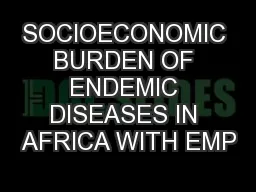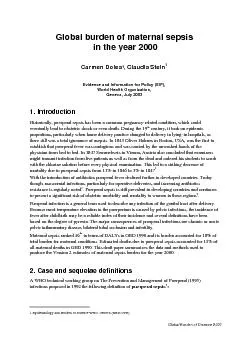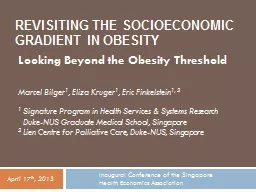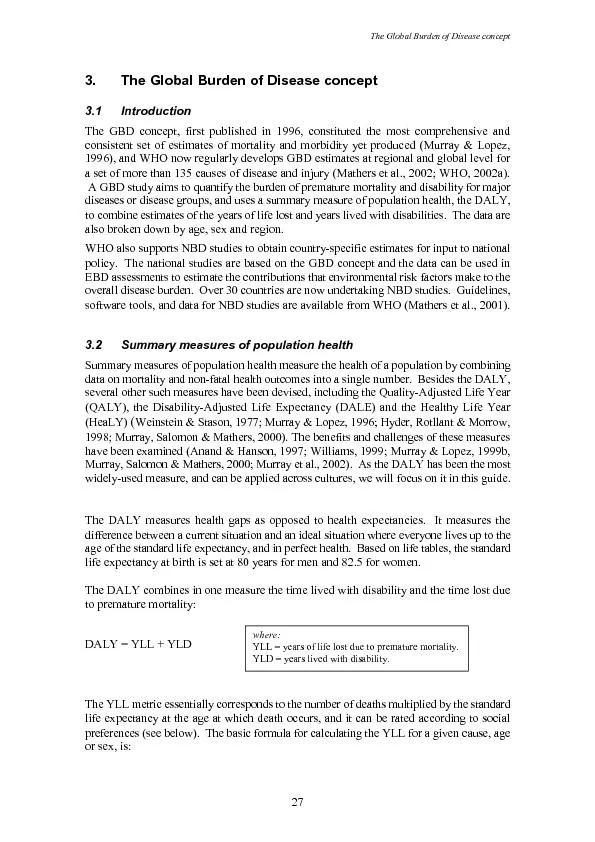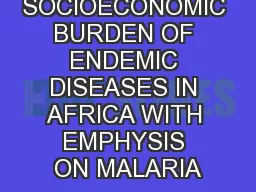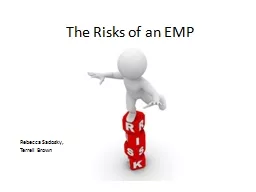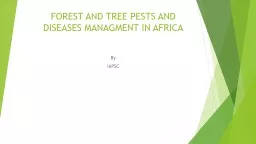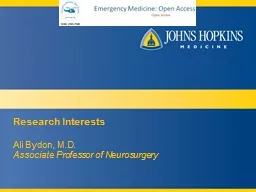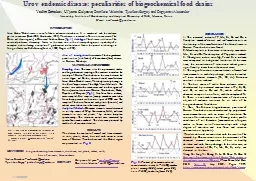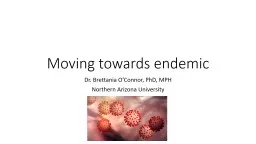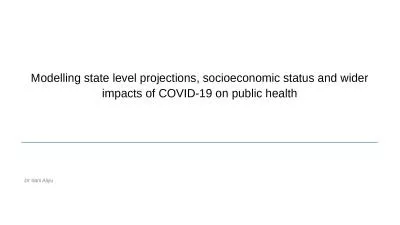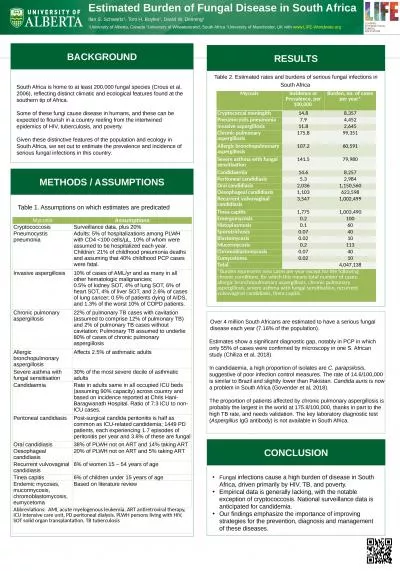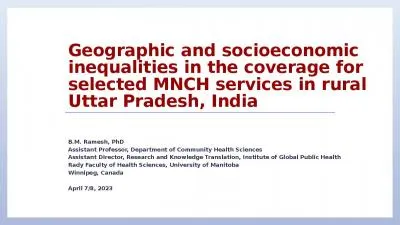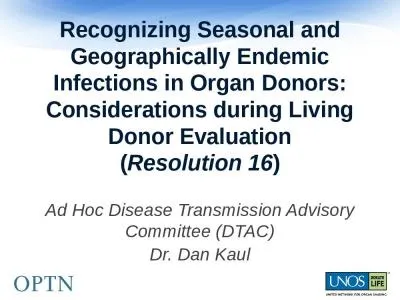PPT-SOCIOECONOMIC BURDEN OF ENDEMIC DISEASES IN AFRICA WITH EMP
Author : stefany-barnette | Published Date : 2017-11-29
Professor Mustafa Idris Elbashir MD PhD Faculty of Medicine University of Khartoum Sudan mustidrishotmailcom mustafauofkedusd Good health is important for building
Presentation Embed Code
Download Presentation
Download Presentation The PPT/PDF document "SOCIOECONOMIC BURDEN OF ENDEMIC DISEASES..." is the property of its rightful owner. Permission is granted to download and print the materials on this website for personal, non-commercial use only, and to display it on your personal computer provided you do not modify the materials and that you retain all copyright notices contained in the materials. By downloading content from our website, you accept the terms of this agreement.
SOCIOECONOMIC BURDEN OF ENDEMIC DISEASES IN AFRICA WITH EMP: Transcript
Download Rules Of Document
"SOCIOECONOMIC BURDEN OF ENDEMIC DISEASES IN AFRICA WITH EMP"The content belongs to its owner. You may download and print it for personal use, without modification, and keep all copyright notices. By downloading, you agree to these terms.
Related Documents

